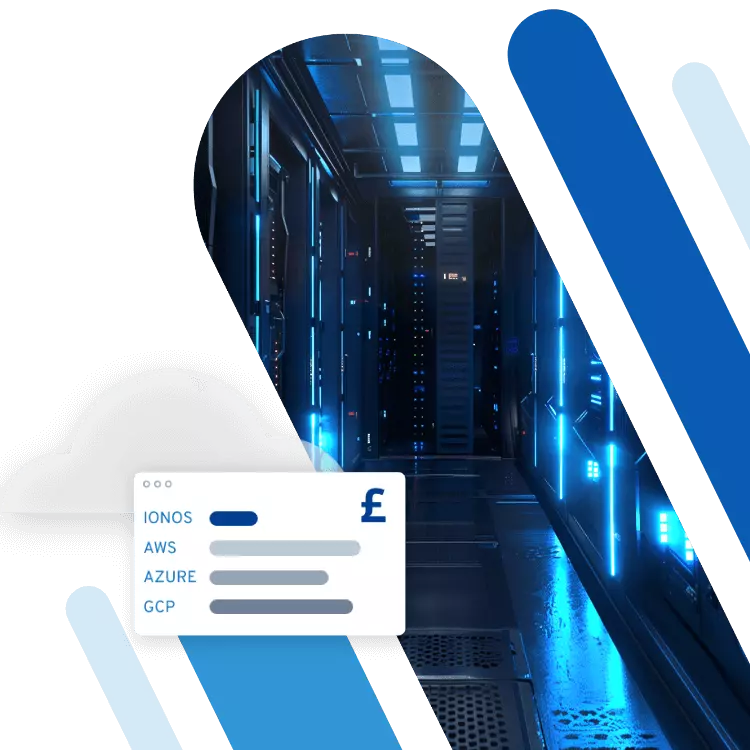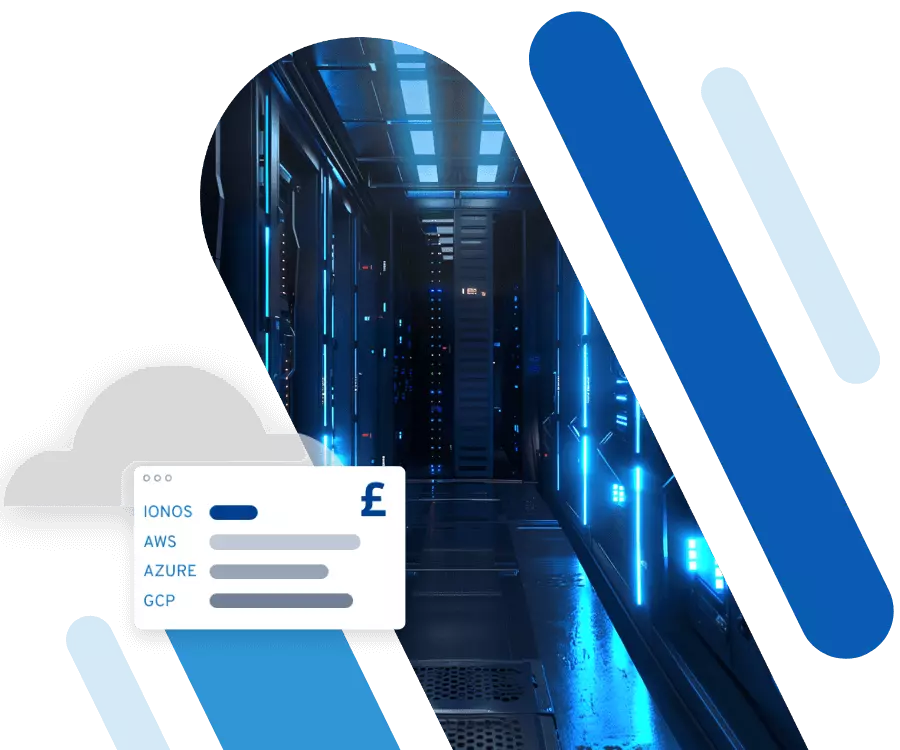CardDAV
CardDAV is an open-source protocol based on WebDAV, which is specially designed for synchronising contact databases. The client-server protocol enables digital address books and contact details to be stored and shared on a server. This makes it possible to access and change important addresses, telephone numbers and information from all end devices. It also simplifies access to a synchronised database by multiple users.
After the Internet Engineering Task Force (IETF) officially released and proposed the CardDAV standard in August 2011 in RFC 6352, CardDAV was referred to as the iOS synchronisation protocol. Today, it’s supported by various email applications including Gmail. The protocol was updated in 2011. Among other improvements, this reduced data consumption during the synchronisation process and implemented the possibility to capture images in very high resolution.
- Free website protection with SSL Wildcard included
- Free private registration for greater privacy
- Free 2 GB email account
How CardDAV works
CardDAV stores contact data as vCards, also known as “electronic business cards”. The main advantage of this format is that data stored as vCards:
- Can be embedded in HTML pages
- Sent as an email attachment
- Shared as a QR code
- Inserted into an address book of an email program
To use CardDAV to manage contacts, all you need is an active connection between the CardDAV client and the server where the data is stored. A corresponding client application, therefore, has to be installed on the device used – whether that’s a desktop PC or mobile device. What’s more, the address data of the server and individual access data are required for the login.
The synchronisation mechanisms essentially work like CalDAV, another protocol for calendar synchronisation which stores contact data as events in the iCalendar format. All changes made to the contacts are automatically adapted on the server and subsequently synchronised across all connected clients. This means each authorised user is kept up to date whenever new contact data are entered or existing addresses are changed. In particular, this enables the central management of contact details for professional purposes, keeping all colleagues up to speed.
It’s easy to set up CardDAV synchronisation, but it often requires the installation of additional software. For instance, if the address book of a Gmail account needs to be synchronised via CardDAV (Gmail features a CardDAV server implementation) to be available in Outlook, the following steps need to be taken:
- Install a CardDAV plug-in for Outlook, for example, CalDav Synchronizer or cFOS Outlook DAV. Outlook needs to be closed during this process. Now open Outlook and start the menu for the installed plug-in.
- Enter the login data to sync to the Google account.
- Press “Sync All” or similar to synchronise the data. This can take a few minutes.
- The Google address book will now automatically synchronise with the Outlook account in real-time.
- Up to 50 GB Exchange email account
- Outlook Web App and collaboration tools
- Expert support & setup service
Here’s what a CardDAV entry in vCard format looks like
To store contact data as a vCard on a CardDAV server, the client will send a PUT request (a standard request for uploading data). The following example shows what the content of this request looks like:
BEGIN:VCARD
VERSION:4.0
N:Jones;Anna;;Dr.;
FN:Dr. Anna Jones
ORG:Wikimedia
ROLE:Communication
TITLE:Editing & Design
PHOTO;MEDIATYPE=image/jpeg:http://commons.wikimedia.org/wiki/File:Anna_Jones_2010.jpg
TEL;TYPE=work,voice;VALUE=uri:tel:+1 555 555-1234
TEL;TYPE=home,voice;VALUE=uri:tel:+1 555 555-9876
ADR;TYPE=home;LABEL=”Main Street 1\n10001 New York\nUSA"
:;;Main Street 1;New York;;10001;USA
EMAIL:anna@jones.example.com
REV:20140301T221110Z
END:VCARDThe contact information stored in vCards is visible and accessible to users – such as first and last name, title, address, telephone number, company and position.
How is CardDAV used and what are the advantages of synchronisation?
Using CardDAV makes practical sense wherever contacts need to be centrally managed. This saves users the time and effort otherwise required to maintain address information on different devices. Whether for professional or private use, the protocol means that all end devices can hold the same information. Moreover, colleagues, field employees or family members are able to access, amend or update the contact information. Even if an end device is lost, stolen, broken or changed, it’s still possible to access all contact details since they’re stored separately on the server. This way, a new device can be quickly synchronised.
Additional benefits include:
- Having your own CardDAV server means you’re independent of external services like iCloud, Google Drive and others.
- You always have control over data security, since the data is stored on a selected server.
- The synchronisation method can be used independent of device type and application.
Clients and servers with CardDAV support
The following applications provide server-side support for the CardDAV protocol:
- Apple Contacts Server
- CommuniGate Pro
- DAViCal (from version 0.9.9.2)
- fruux
- Gmail and Google Calendar
- Office
- Horde Groupware
- MDaemon Email Server
- Meishi
- Nextcloud
- ownCloud
- Radicale
- SabreDAV
- SOGo
- Zimbra 6
- SYNOLOGY DSM 6.0
- Xandikos
The following applications implement the client-side part of the CardDAV protocol:
- Apple Contacts
- Apple iOS
- Blackberry
- DAVx
- eM Client
- Evolution
- KDE Software
- Kerio Connect
- Outlook CalDav Synchronizer
- Sailfish OS
- Thunderbird

